What does the Bible have to say about the Lord’s Supper, Holy Communion, or the Eucharist? I asked my friend, Reed Merino, author of Blueprint For A Revolution: Building Upon ALL Of The New Testament, to share his thoughts on the topic. If you have read what I have written in Church Words, you know that I am still unsure of, exactly, how I would define exactly what happens when observing Holy Communion. But I do know this, the casual way many churches do it today detracts from the solemnity and self-examination it deserves.
For me, the way some churches are doing it would be like telling a new believer the next time they bathe, to slide under the water uttering the words “Father,” “Son” and “Holy Spirit” after which they would automatically become a member of the local congregation. Although I do not believe there is a salvific component attached to either the Lord’s Supper or baptism, I know they should embody the heart of worshipful surrender for all believers.
THE LORD’S SUPPER, THE EUCHARIST, OR HOLY COMMUNION
In my book, Blueprint For A Revolution: Building Upon ALL Of The New Testament, I spend thirty pages exegeting – interpreting – all of the Biblical passages pertaining to the Holy Communion. Alas, space limitations upon an online essay require that you will have to look up the text for much of the New Testament references in this essay. This essay is sort of a truncated “Reader’s Digest” version of that much more comprehensive coverage in the Blueprint, and cannot even cover all of the aspects of the Eucharist that are actually quite relevant to understanding that wonderful mystery of God.
So, in this essay, I will deal with what the God-inspired passages teach us about what He intends to make available in the Lord’s Supper/Eucharist/Holy Communion (whatever you choose to name it). I also will deal with how that sacred eating and drinking fits into the larger picture of the unique kind of relationship that Jesus is offering to His true disciples.
Every issue that I deal with in my Blueprint is grounded on several principles that are exceedingly easy to understand:
- Jesus, the One “by whom,” “for whom,” and “through whom” we, our bodies, and the entire creation were first designed within His brilliant mind and then engineered into being – that same Jesus also invented the ability for us to communicate with words. This assures us that when He became one of us, He was the best communicator that has ever lived on planet Earth. And, like even excellent human communicators, He knew how to pick the best words that could transfer what was in His mind into the minds of His surrendered disciples (assuming the willingness to not resist those words, of course).
- And, also like any excellent human communicators, He (and the apostolic writers He inspired) knew the nature of the audience He was addressing. And the vast majority of those to whom all His teachings and inspired literature were addressed were carpenters, farmers, fishermen and the like. Most of the Epistles, for example, are addressed “to the “saints at …” And, unlike poets, diplomats, and politicians, simple people assume that what you MEAN is precisely what your chosen WORDS mean. His words can mean more than what is said, but they will never mean less than what they say. Perhaps the most important reason the churches are not walking in the truth, obedience and anointing that we see described in the New Testament is because we no longer read and respond to the New Testament that way.
Instead, we feel free to impose additional ideas not actually expressed by what was actually written down, and feel free to take away meaning from what was actually written down. And so, as just one example, some churches feel free to deny that immersion in water has anything significant to do with our salvation, even though God’s delegated representative Peter, said that what he means by baptism does form part of what God means by salvation (1 Peter 3:21).
Just how is it that language so exceedingly clear and easy for fishermen and farmers to understand, cannot mean what it seems to be saying? The Christians closest to the time of Jesus had no trouble believing and teaching what those words seem to be saying; why do you think so many of us do? My Blueprint describes dozens of such examples that seem clear within the inspired apostolic writings, and which were understood that way by the earliest churches. This essay is about just one of those issues:
JESUS INSTITUTES THE LORD’S SUPPER
Matthew 26:26. “And as they were eating, Jesus took bread, blessed, and broke it, and gave it to the disciples and said, ‘Take, eat; this is My body.’ 27 Then He took the cup, and gave thanks, and gave it to them, saying, ‘Drink from it, all of you. 28 For this is My blood of the new covenant, which is shed for many for the remission of sins. 29 But I say to you, I will not drink of this fruit of the vine from now on until that day when I drink it new with you in My Father’s kingdom.’”
Why do you think Jesus – history’s most excellent communicator – chose to use that word “is” when He said, “this is my body.” Why do you think He did not use a term such as “is like my body”? You know, or should know, that he did frequently use the term “is like,” especially when describing the Kingdom of God – precisely twenty times in the NKJV, to be exact: (“The kingdom of God is like …”; read Matthew 13, for many such examples). So, He did know how to say “is like” or “is similar to,” but He did not.
It is very important for you to think about why Jesus chose the word “is” rather than “is like.” Most Protestants are firmlydetermined to treat that word “is” as if Jesus actually meant “is like.” And some even insist upon understanding it to [supposedly] “really mean” “reminds us of.” But you yourself do not use the word that way: if I hold up a ten-dollar bill to you and say, “this is a ten-dollar bill,” you do not understand me to be saying, “this is like a ten-dollar bill,” do you? Or, when Jesus said, “He who has seen me has seen the Father” (John 14:9). Do you merely believe He was saying something like “To see me is sort of like seeing the Father”? And when Jesus said, “unless one is born again, he cannot see the kingdom of God.” (John 3:3) I do not imagine that you think that he meant “is like being born again,” do you? Do you think that what He simply meant by “is born again” was “is similar to being born once again,” or “sort of like being born again”?
So, if you take those words to mean what they seem to be saying, then by what authority did the Reformers Zwingly, Calvin, your denomination, or you presume to reinterpret Jesus’s words into something they do not seem to be saying? Furthermore, from my own personal experience, I can virtually guarantee that if you or your churches feel free to reinterpret this teaching that way, you are doing the same to numerous other teachings of Jesus and His holy apostles! Satan makes sure that there is a “domino effect” available to use, in order to distort his Enemy’s wonderful revelation and gifts.
If you are willing to be like those simple fishermen, farmers and brethren of the earliest post-apostolic churches, and just accept what Jesus said and in the way He chose to say it, what is the next thing for you to do?
I suggest that the next logical thing to ask is something like, “OK, if He really meant that this bread and wine, after the Thanksgiving is given over it, really “is” His body and blood, then in what way “is” it connected to His human nature? (Of course, in His divine nature, He did not possess any “body and blood” that could be eaten).
Most of us Protestants are the inheritors of five centuries of emotional recoiling at the “required for salvation” doctrine of “transubstantiation” imposed by the medieval church under Rome (although Orthodoxy teaches essentially the identical doctrine). That term means that the bread and wine quit being bread and wine (“substantially,” if you care to play with words), and are replaced by the reality of the body and blood that suffered and died on the cross. The image that quite naturally and immediately pops into the modern Protestant mind when thinking about that doctrine, is “CANNIBALISM!” Actually, that is rather unfair, but we have to leave that segway for another time.
Paul actually gives us the answer to that question, about ‘what way “is” it connected to His human nature?’ He does it by using the term “communion”:
“16 The cup of blessing which we bless, is it not the communion of the blood of Christ? The bread which we break, is it not the communion of the body of Christ? (1 Corinthians 10:16)
Did you notice that in the passage just quoted that Paul continues to call that consecrated bread, “bread”?
The grammar requires Paul to be saying that it is the bread that is in communion with His body (as also with the wine). It is the bread that has communion with His body. Did you catch that? It is actually critical to the understanding of what he is saying.
In addition to “communion,” some translations have “sharing” or “participation” to translate that Greek term Paul used, which was “koinonia” in Greek. The picture behind both the Greek and the several English equivalents is one of various things (or people) being yoked together. Each individual remains what it was, but because of that yoking together, wherever one is there you will find the other one. If you have “communion” with one another, you all remain what you were – you do not “merge” into a single person. Do you get the idea?
So, the bread and the wine do NOT have to quit being bread and wine in order to “be” He body and blood. Here is another example of what Paul was saying: Jesus existed before He took a human body (and blood) upon Himself, right? Now, suppose you went up to Jesus at that wedding in Cana (John 2), pointed to His body and asked Him, “What is that?” He might have replied, “This is my body.”
When He became a man and took upon Himself that human “body,” did His divinity require that it quit being a human body? Of course not: he got tired, hungry, and thirsty when walking all day (John 4:5), and when they pierced His side, He bled (John 19:34). Divinity and humanity are in “communion,” but His body did not have to quit being a normal human body, right. That human body became His body simply because He chose to yoke Himself to that body; it did not quit being a normal human body in order to become the “body of Christ,” did it!
That is what Jesus and Paul are teaching us in the Lord’s Supper (a.k.a., “Eucharist” or “Holy Communion”). The bread “is” or “becomes” His body simply because He has decided to yoke Himself to it. And the yoking does not have to cause it to quit being physically what it had been before. Can you see how this way of looking at it is both being surrendered to what Jesus and Paul were clearly saying, without having to adopt some mysterious “quit being bread” theological “mumbo jumbo” like “transubstantiation” so easily lends itself to?
But before you, as a Protestant, start jumping up and down victoriously shouting, “See, we were right all along!”, consider this: the error of the Romans and the Orthodox was made in an attempt to teach how the bread and wine could be called and treated as His body and blood. Apart from Luther and the Anglicans, the entire Protestant world has denied the reality of what Jesus and Paul taught. If I personally had to be in one camp or the other, I would pick the Catholic error any day of the week. Anti-sacramental Protestantism has destroyed the reality of the wonderful and mysterious gift that Jesus is offering in His Holy Communion, and destroys the piety that responds to such a gift!
Jesus promised that “For where two or three are gathered together in My name, I am there in the midst of them” (John 18:20). But because most of Protestantism has become so fixated against God ministering to us through things like water, touching, or bread and wine it always assumes that His presence in their gathering is not a literal presence, the same kind of presence of Jesus that cause doubting Thomas to cry out, “My Lord and my God!” or caused John to fall at His feet as if dead! (Revelation 1:17).
Because the risen and glorified Jesus yokes Himself to that special bread and wine you can and must say “This is Your body; this is your blood; You are here in our midst!” His presence is that same kind of presence that Thomas and John responded to, but seen through the eyes of obedient faith with regard to the Holy Communion. Once the Lord opened my young Protestant eyes my worship began to undergo that same supernatural transformation that His true teaching starts in motion!
THE GOSPEL PASSAGES DESCRIBE WHAT IS BEING GIVEN, BUT WHY IS IT BEING GIVEN? OR WHAT PURPOSE DOES THE EUCHARIST SERVE IN THE MIND OF JESUS?
When you meditate carefully upon the following passage, and receive the words as if they really mean what they are saying you get a glimpse of one of the answers to that question.
1 Corinthians 10: “17
For we, [though] many, are one bread and one body; for we all partake of that one bread. 18 Observe Israel after the flesh: Are not those who eat of the sacrifices partakers of the altar? 19 What am I saying then? That an idol is anything, or what is offered to idols is anything? 20 Rather, that the things which the Gentiles sacrifice they sacrifice to demons and not to God, and I do not want you to have fellowship with demons. 21 You cannot drink the cup of the Lord and the cup of demons; you cannot partake of the Lord’s table and of the table of demons. 22 Or do we provoke the Lord to jealousy? Are we stronger than He?”
This passage is a part of Paul’s teaching about the Eucharist that has been quoted earlier. In the first verse (17), he is literally saying that it is because we are eating from the one loaf of bread that we are one body. That seems to be not only an amazingly bold claim, but one that can rather easily open Paul up to a charge of “sacramental magic”: something like, “do this and unity is assured!” But He surely is saying something much deeper than that, no? After all, in the very next chapter he chews some of them out royally for perverting the Lord’s Supper (11:20-22). Eating the bread and wine certainly was not creating that unity in Christ or them!
But Paul is teaching us that if you are walking in that broken and contrite heart and a humble faith and you are joined to the body and blood of Jesus in the way described above, then the Holy Spirit will be drawing you toward the fulfillment of that wonderful and supernatural unity for which Jesus prayed: “20 “I pray not only for these, but also for those who believe in me through their word; 21 that they all may be one, just as You, Father, are in me and I in You; that in Us they also may be one, so that the world may believe that You sent me. 22 In fact, the glory that You gave to me I have given to them, so that they may be one just as We are one.”
The kind of relationship that Jesus has made both possible and necessary for us is not the kind that two friends can have, or even the kind that a godly husband and wife can have. The relationship He is talking about is one of union, as described in the passage immediately above: to be both individually and collectively one with the Father, Son and Spirit in the way that they are one with each other! “… that they may be one just as We are one.” His Eucharist is designed to be a part of creating that wonderful and intimate kind of becoming one. How can you not find that something to yearn for? Through that Eucharistic eating, just as your body becomes one with the bread, so is the deeper “you” becoming one with God
Consequently, if you are in Paul’s kind of relationship with Jesus and if you are participating in his kind of Lord’s Supper, the Spirit of God will be drawing you into the kind of unity which Jesus prayed: that is God’s promise! Do you believe Paul?
Moving on to verse 18: “Observe Israel after the flesh: Are not those who eat of the sacrifices partakers of the altar?” If you eat from the sacrifice being made on the altar, you are partaking in what is going on at the altar. In other words, you take part in the sacrifice being offered to God by eating what is being offered to God! You become part of what is being offered to God, and accepted by Him. Can you see that? And since Paul is indicating that this Old Covenant action was a parallel to what the Christians are doing in the Eucharist, he is teaching us that we also take part in the holy sacrifice of Jesus by eating the Eucharistic bread and wine. You don’t just think piously about His dying on your behalf; you actually participate in that holy offering of His, by eating His bread-yoked-to-body and His wine-yoked-to-blood.
Can you see what you are missing as a Protestant, and what they were enjoying as apostolic Christians? All we Protestants need to do is repair our damaged faith that is derived from our damaged apostolic doctrine, and we can know for ourselves what Paul was talking about!
Starting at verse 19, Paul uses the pagan sacrifices to say the same thing that he said about the Old Covenant sacrifices. When the pagans ate from their sacrifice to their demon gods, the same thing was happening for them – unfortunately! They were actually yoking themselves to their “god,” being drawn ever more deeply into the presence and union with one of Satan’s underlings!
But by using those pagan sacrifices as another parallel to God’s Eucharist, Paul was telling them what the true creator God was setting in motion for them – all being done through the Eucharist, in which the Son of God had yoked Himself to that eatable bread and wine. You see, you are more than an invisible creature – the human defined as “you” is a trinitarian creature: spirit and soul and body (as per Hebrews 4:12). ALL of you takes part in the benefits of the death, resurrection and glorification of Jesus, not just your “invisible” part. That ought to excite you and bring great joy and thankfulness to you. Does it? Or are you getting hung up about past doctrinal errors that had cheated you so badly?
BUT HOW CAN WE BE “EATING AND DRINKING” CHRIST?
One last important problem may remain for you as a Protestant. How can all of this union with Jesus through bread and wine be accomplished when He is no longer physically here? That problem is sort of an inverse version of the problem that I and many or most Protestants seem to have had over that first Lord’s Supper: Jesus is reclining with them at a table, in His physical body. When He said, “This is my body,” it seems impossible to be literally true, because He was already there in His physical body! How could He be in two places at the same time – in His human body and in the bread?
The answer is given to us in 1 Corinthians 15:35-45
“But someone will say, “How are the dead raised up? And with what body do they come?” 36 Foolish one, what you sow is not made alive unless it dies. 37 And what you sow, you do not sow that body that shall be, … 42 So also isthe resurrection of the dead. The body is sown in corruption, it is raised in incorruption. 43 It is sown in dishonor, it is raised in glory. It is sown in weakness, it is raised in power. 44 It is sown a natural body, it is raised a spiritual body. There is a natural body, and there is a spiritual body. 45 And so it is written, “The first man Adam became a living being.” The last Adam BECAME a life-giving spirit.”
In His resurrection and then ascension into glory all the glands, bones, and tissues that had constituted His physical body were no longer “natural” (i.e., physical), and we can have no idea whatsoever what that means until it happens to us. Like Jesus, we will be raised into a spiritual body – whatever that means (do you know?).
But a body that has become “spiritual” no longer had the properties and the limitations of a body that is physical. If both the “spiritual” Father and the “spiritual” Holy Spirit can be everywhere at the same time, then I have no problem accepting joyfully that the “life-giving spirit,” Jesus in glory, can do the same as He promised in John 18:20 (see above); and He can yoke Himself to whatever He chooses to, in order to create union with you. Amen?
This essay is not about quibbling over inconsequential doctrinal fine points. Accepting what Jesus and Paul actually said creates a deeper personal experience with your God, and that is very, very consequential! This essay describes the kind of union that He wants you to experience with Him. Is it what you want to experience with Him?
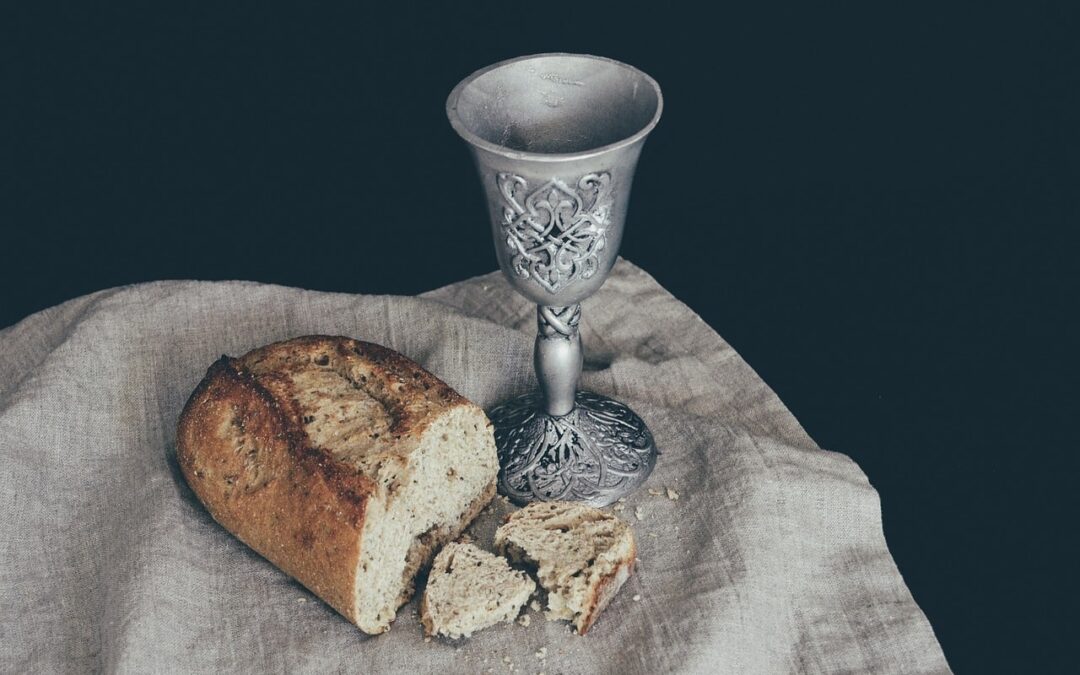

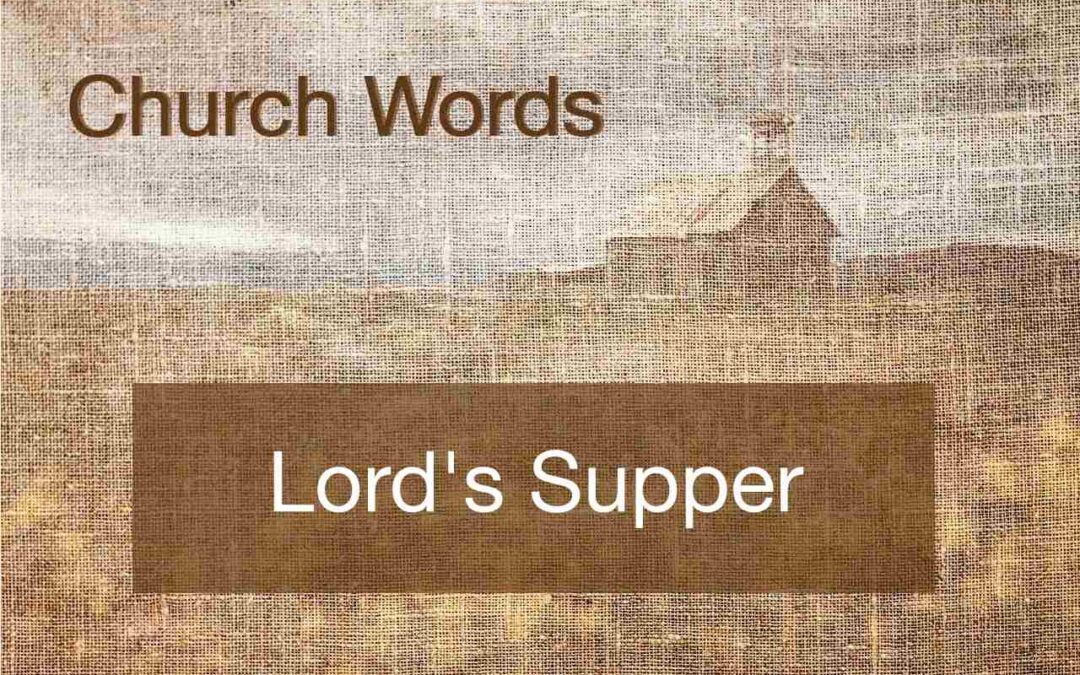

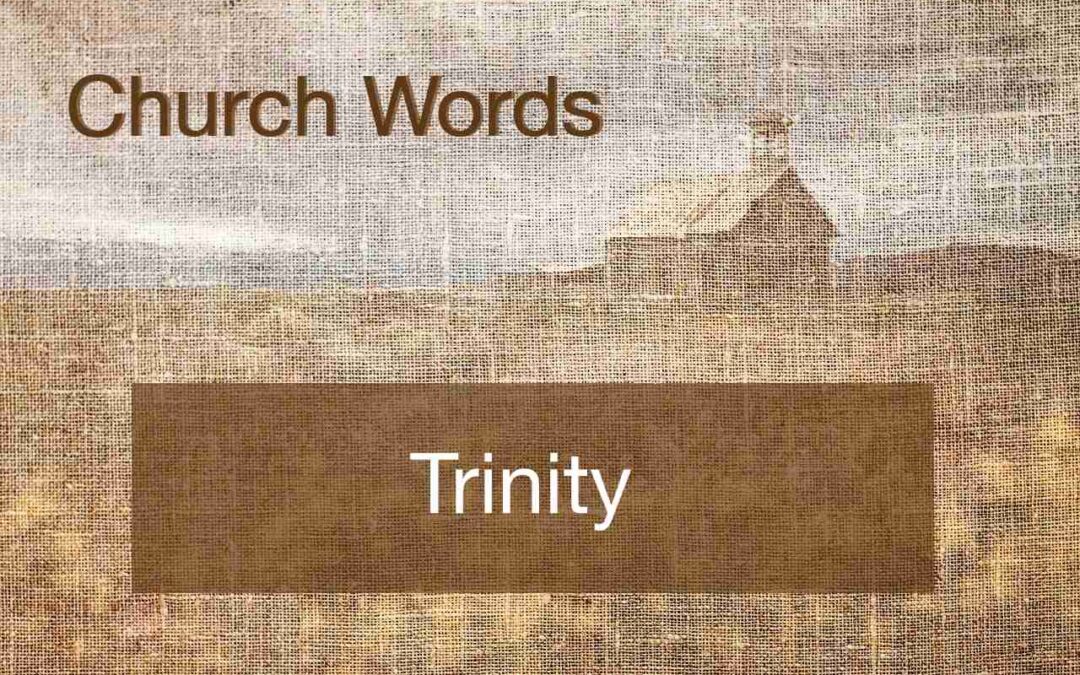
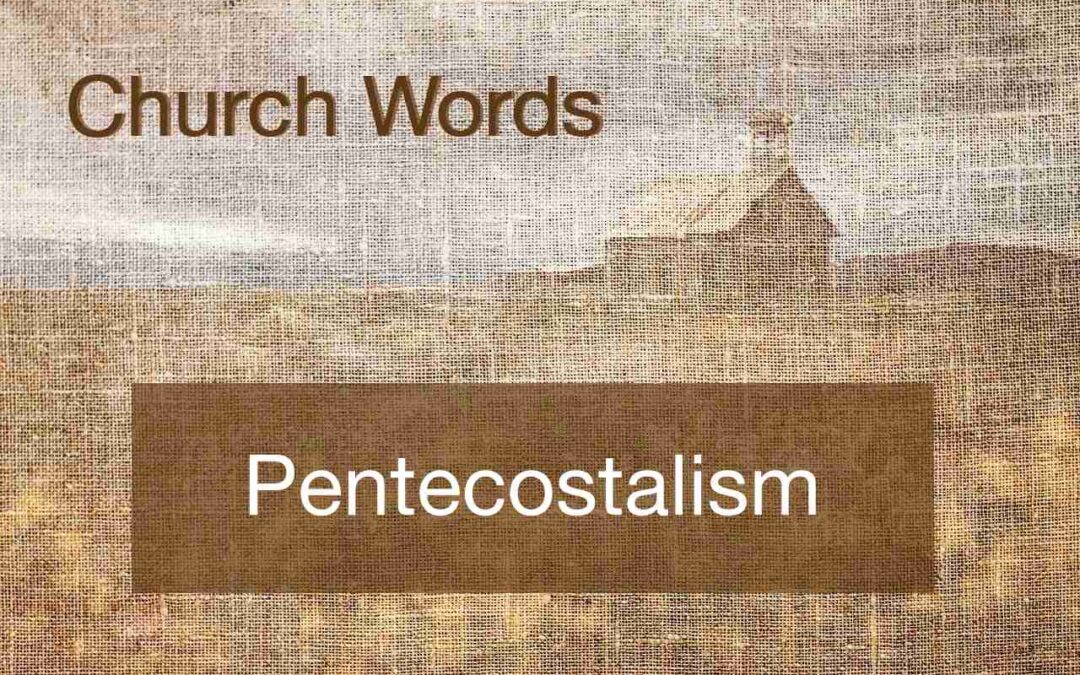



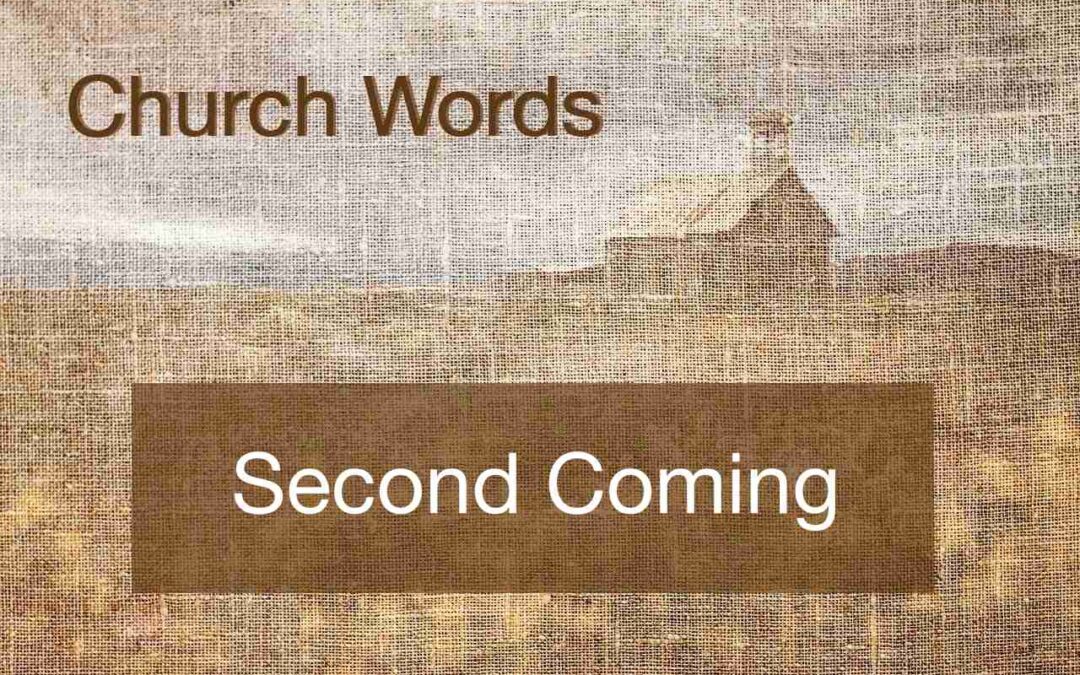
Recent Comments